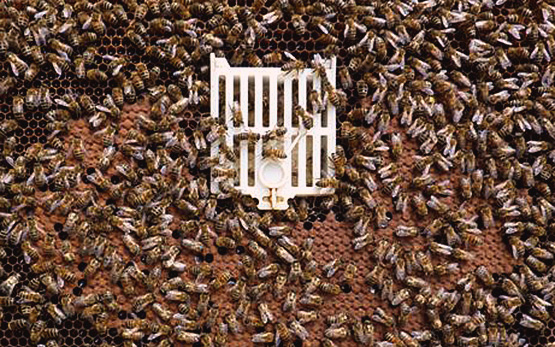Our research strategy for varroa mite control solutions is based on short-, medium- and long-term approaches. Short-term solutions aim to improve already existing control methods. As an alternative to the formic acid treatment, for example, the use of oxalic acid combined with the caging of the queen is being tested. The search for new organic acaricide products is a medium-term approach that aims to supplement the arsenal of available control techniques.Whereas these methods are meant more or less as stop-gaps, the long-term aim is to make our honey bees resistant. Resistant colonies would eliminate the need for treatments, which would in turn eliminate the risk of residues in hive products and of resistance to treatments on the part of parasite.
Several of our research projects are carried out in cooperation with the Institute for Bee Health of the University of Bern, as well as the Bee Health Service. The projects developed with the Institute for Bee Health lie at the interface between basic and applied research. One project, for example, deals with resistance mechanisms to the varroa mite. Cooperation with the Bee Health Service focuses on projects that are more practice-oriented, such as the comparison of the efficacy of different formic acid dispensers, or the testing of new varroacides recently introduced on the market.






